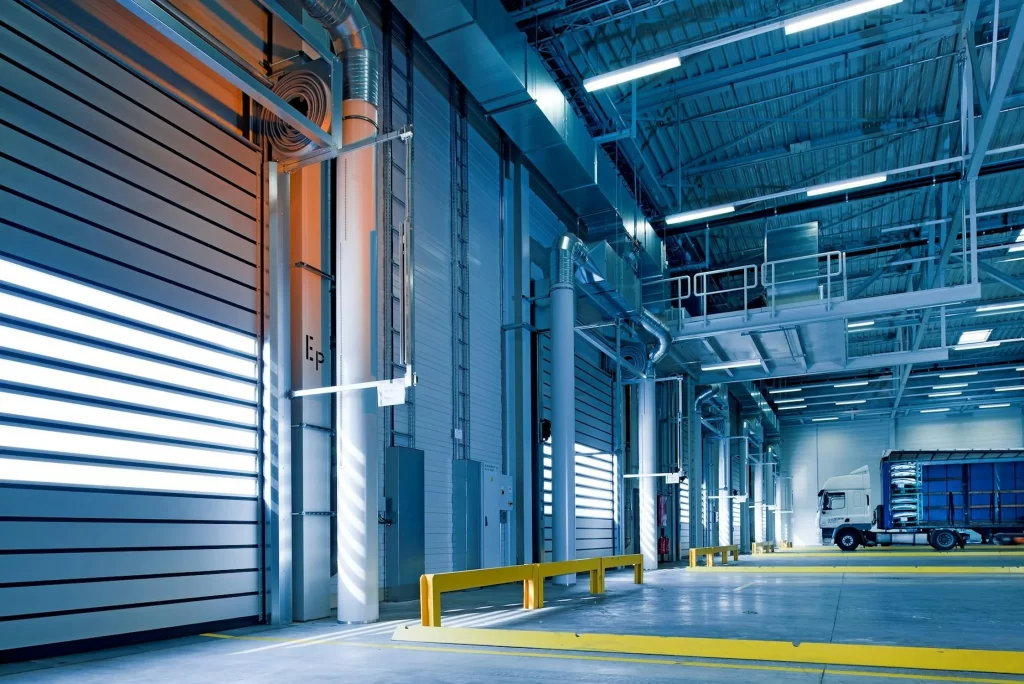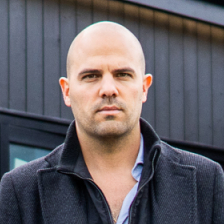In the evolving landscape of urban development, the role of industrial structures within urban environments has undergone a significant transformation. The integration of industrial buildings into the fabric of cities presents unique challenges but also offers opportunities for innovative urban planning and development. Moreover, the redevelopment of old industrial areas into vibrant, mixed-use spaces has emerged as a cornerstone of successful urban renewal projects. This article explores these dynamics, offering insights into the challenges and solutions associated with integrating industrial structures into urban environments and highlighting case studies of successful redevelopment.
Integration Challenges and Solutions
Challenges:
- Environmental Impact: Industrial activities often pose environmental challenges, including pollution and high energy consumption, which can be at odds with urban sustainability goals.
- Aesthetic Dissonance: The traditional industrial aesthetic may clash with the surrounding urban landscape, necessitating thoughtful design solutions.
- Infrastructure and Accessibility: Industrial operations require robust infrastructure, including transportation and utilities, which can strain urban systems not designed to accommodate them.
- Community Relations: Integrating industrial facilities into urban areas can lead to concerns among residents about noise, traffic, and safety.
Solutions:
- Green Technologies: Embracing green technologies and sustainable practices can mitigate environmental impacts, making industrial operations more compatible with urban settings.
- Adaptive Reuse and Design: Innovative design and adaptive reuse of industrial buildings can bridge the aesthetic gap, transforming structures into assets that enhance the urban landscape.
- Strategic Planning: Careful urban planning can ensure that industrial facilities are located where they can be supported by existing infrastructure, minimizing disruption and maximizing efficiency.
- Community Engagement: Active engagement with local communities in the planning process can address concerns, foster positive relationships, and integrate facilities more seamlessly into the urban fabric.
Redevelopment of Old Industrial Areas
The transformation of old industrial zones into vibrant parts of the urban landscape is a testament to the potential of successful redevelopment. These projects not only rejuvenate neglected areas but also create spaces that contribute to the city’s economic, social, and cultural life.
Case Studies:
- The High Line, New York City: Once a derelict railway line, the High Line has been transformed into a public park that runs through several Manhattan neighborhoods. This project has spurred the redevelopment of surrounding areas, including residential, commercial, and cultural spaces.
- HafenCity, Hamburg: Europe’s largest inner-city development project, HafenCity, is transforming Hamburg’s old port and industrial areas into a dynamic district featuring residential, cultural, and commercial spaces, alongside innovative public infrastructure.
- Tianzifang, Shanghai: Tianzifang has evolved from a traditional residential area with shikumen houses into a bustling arts and culture district, preserving its architectural heritage while hosting galleries, cafes, and boutiques.
Key Elements of Successful Redevelopment:
- Preservation and Innovation: Balancing the preservation of historical industrial elements with contemporary design and functionality is crucial for creating spaces that are both authentic and usable.
- Mixed-Use Development: Incorporating a mix of residential, commercial, and cultural uses ensures that redeveloped areas are vibrant and sustainable parts of the urban ecosystem.
- Public Spaces: The inclusion of accessible public spaces promotes community engagement and enhances the quality of life in redeveloped areas.
Conclusion
The integration of industrial structures into urban environments and the redevelopment of old industrial areas present complex challenges but also unparalleled opportunities for innovative urban planning. By adopting sustainable practices, engaging with communities, and fostering mixed-use developments, cities can transform industrial zones into thriving districts that contribute to the urban fabric. These efforts not only revitalize physical spaces but also reinvigorate the economic and social dynamics of urban areas, paving the way for a more integrated and sustainable future.






